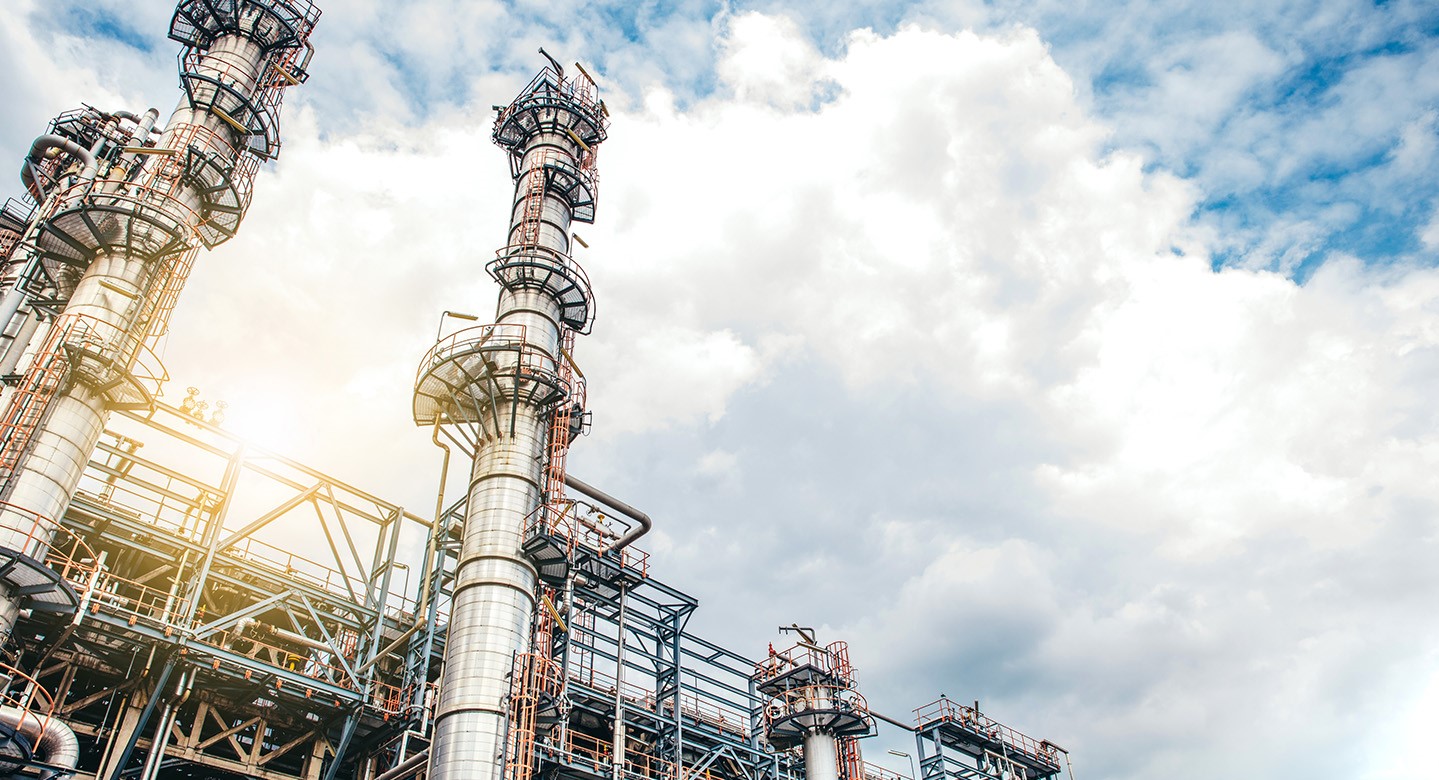Safety systems are used, as for other process plants, to ensure that the
systems shut down in case of malfunctions and out-of-bounds conditions. Of
particular importance is the high integrity pressure protection system
(HIPPS). This is a highly reliable system that is needed to maintain
protection against overpressures, and manage shutdowns. The strategy
used by normal safety system to isolate and depressure, or simply fail to
safe condition, often cannot be applied to pipelines due to the large volumes
of product in the pipelines. Simply opening or closing a valve would
potentially cause overpressure conditions or overload safety devices such as
flares HIPPS monitors and executes these responses in a specific
sequence.
5.5 LNG
LNG is a gas transport product. The gas, which is primarily methane (CH4),
is converted to liquid form for ease of storage or transport, as its volume is
about 1/600th the volume of natural gas in the gaseous state. It is produced
close to the production facilities in an LNG liquefaction plant, stored,
transported in cryogenic tanks on an LNG carrier, and delivered to an LNG
regasification terminal for storage and delivery to a pipeline system.
71
LNG carriers are used when the transport distance does not justify the cost
of a pipeline. The main drawback is the cost of the liquefaction, calculated as
how much of the total energy content of the gas is used for liquefaction.
About 6% of energy content is used to produce LNG in a large modern plant,
due to overall thermal efficiency. More than 10% could be consumed with
smaller, gas turbine-driven trains. This compares to losses of about 0.9% per
1,000 km of transport distance for large pipeline systems.
Melkøya LNG Plant with LNG Carrier Arctic Princess Photo: Statoil
The LNG feedstock comes from a gas plant as outlined above. It must
satisfy sales gas specifications. Ethane, propane and butane all have
freezing points of less than -180 °C and can be part of the LNG, but the
concentration of methane is generally above 90%. Some NGLs are also
needed as refrigerant for the cryogenic process.
5.5.1 LNG liquefaction
LNG processes are generally patented by large engineering, oil and gas
companies, but are generally based on a one- two- or three-stage cooling
process with pure or mixed refrigerants. The three main process types of
LNG process with some examples of process licensors are:
• Cascade cycle:
o Separate refrigerant cycles with propane, ethylene and
methane (ConocoPhillips)
• Mixed refrigerant cycle:
o Single mixed refrigerant (SMR) (PRICO)
o Single mixed refrigerant (LIMUM®
) (Linde)
o Propane pre-cooled mixed refrigerant: C3MR (sometimes
referred to as APCI: Air Products & Chemicals, Inc.)
o Shell dual-mixed process (DMR) (Shell)
72
o Dual mixed refrigerant (Liquefin Axens)
o Mixed fluid cascade process (MFCP) (Statoil/Linde)
• Expander cycle
o Kryopak EXP®
process
Each process has different characteristics in scalability, investment cost and
energy efficiency. For smaller installations, e.g., to handle stranded gas or
isolated small gas fields, a single cycle process is preferable due to its low
CAPEX (and possibly lower weight for floating LNG), even if energy
efficiency is significantly lower than the best cascade or DMR processes,
which cost more but also allow the largest trains typically, 7.8 million tons per
annum and lowest energy consumed per energy unit LNG produced.
Most processes use a mixed refrigerant (MR) design.
The reason is that the
gas has a heat load to temperature (Q/T) curve that, if closely matched by
the refrigerant, will improve stability, throughput and efficiency (see the figure
below). The curve tends to show three distinct regions, matching the precooling, liquefaction and sub-coiling stages. The refrigerant gas composition
will vary based on the individual design, as will the power requirement of
each stage, and is often a patented, location-specific combination of one or
two main components and several smaller, together with careful selection of
the compressed pressure and expanded pressure of the refrigerant, to
match the LNG gas stream.
Figure 13. LNG Q/T diagram
73
Typical LNG train power use is about 28 MW per million tons of LNG per
annum (mtpa), corresponding to typically 200 MW for a large trains of 7.2
mtpa, or 65 MW per stage for three cycles. In addition, other consumers in
gas treatment and pre-compression add to total power consumption and
bring it to some 35-40 MW per mtpa, and over 50 for small LNG facilities well
under 1 mtpa capacity.
Some examples are given here. (Please note that these process flow
diagrams are simplified to illustrate the principle and do not give a complete
design.) All designs are shown with heat exchangers to the sea for
comparison. This is generally needed for high capacity, but for smaller plants
air fin heat exchangers are normally used.
A triple cycle mixed refrigerant cascade claims to have the highest energy
efficiency. It is represented here by the Linde design, co-developed with
Statoil.


